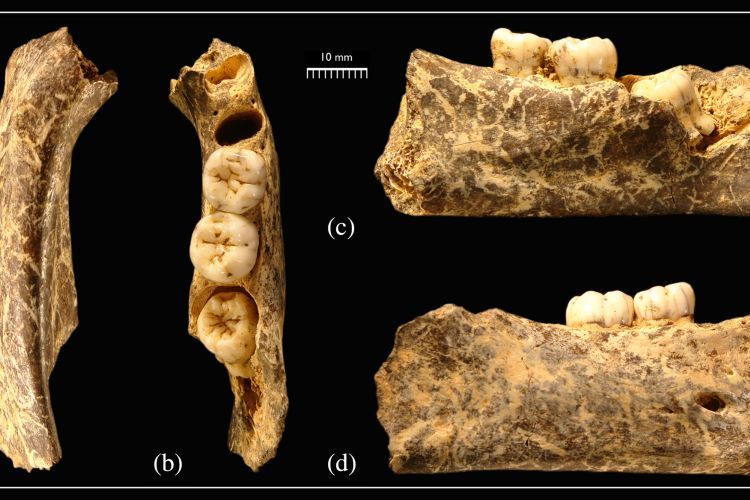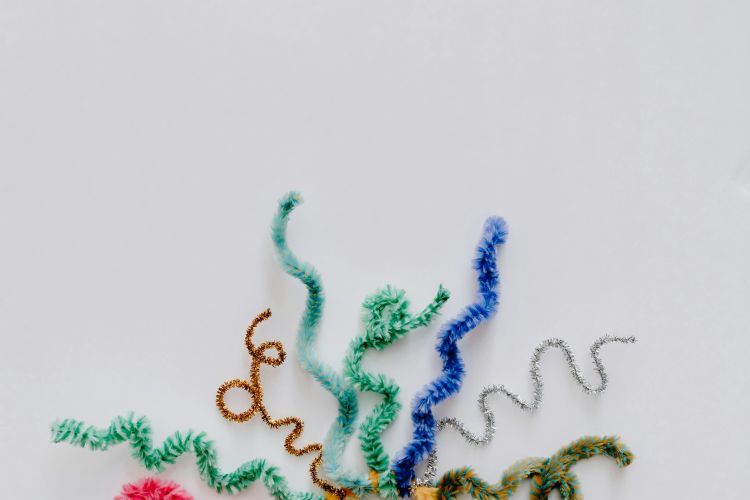Breadcrumb
Influence of acidic pH on antimicrobial activity of different calcium silicate based–endodontic sealers

A Representative confocal laser scanning microscopic images of Enterococcus faecalis (green shows live and red shows dead bacteria) on dentinal surface after exposure to different sealers for 7 days at neutral (PBS; pH 7.4) or acidic pH (BA; pH 5.2). B The quantification of the percentage of the remaining bacteria.
* indicates significant difference (p<0.05)
What is it?
A study to see how well calcium silicate-based sealers perform against Enterococcus faecalis biofilm under both neutral and acidic conditions.
What problem does it aim to solve?
Calcium sealants are in wide use as part of root canal procedures, but it is important to understand how well they work to prevent damage from bacteria. “The primary objective of root canal treatment is to eradicate bacteria from the root canal system and seal all entry and exit portals. The complete elimination of bacteria remains a significant challenge due to the limitation of root canal instruments and irrigants from addressing the entire root canal spaces [1]. Endodontic sealers, however, can entomb remaining bacteria by sealing the dentinal tubules and preventing root canal reinfection. Some sealers also have antibacterial properties that can assist further bacterial reduction and prevent their recolonization.”
How does it work?
“Dentin cylinders (4 mm length) were prepared and infected with 3-week-old E. faecalis. The samples were filled with BioRoot RCS (BR), EndoSequence BC (ES), and NeoMTA Plus (NMTA) and incubated in either neutral or acidic conditions for 7 days. Sterile or infected samples alone were used as the positive and negative control. The root canal sealers were removed after 7 days, and the remaining bacteria on dentinal walls were determined by colony-forming units (CFUs/ml), and three samples from each group were visualized under a confocal laser scanning microscope (CLSM). The pH was also measured after 4 h and 7 days of incubation at 37°C in both conditions.”
What are the findings?
“Our results highlight the impact of pH changes on the antibacterial properties of calcium silicate-based sealers (CSBSs). When allowed to set in a neutral pH, CSBSs appear to have an adequate antimicrobial activity and maintain a high pH for 7 days. On the other hand, in acidic pH, there was a significant reduction in the antibacterial activity of CSBSs and a declining trend of their pH levels.” Patients with inflammation in their mouths may have more recurring problems despite use of sealants.
What are the next steps?
Reproducing these results in a larger lab study would be useful, as well as testing in real-world settings in actual patients. Further research to try to determine why and how antibacterial activity is degraded under inflammatory acidic conditions.
Source
“Influence of acidic pH on antimicrobial activity of different calcium silicate based–endodontic sealers”, Clin Oral Invest (2022). https://doi.org/10.1007/s00784-022-04504-y
Authors
Fatima Bosaid, Department of Periodontics and Endodontics, School of Dental Medicine, University at Buffalo
Hacer Aksel, Department of Periodontics and Endodontics, School of Dental Medicine, University at Buffalo
Adham A. Azim, Department of Endodontics, University of the Pacific Arthur A. Dugoni School of Dentistry; Department of Periodontics and Endodontics, School of Dental Medicine, University at Buffalo





